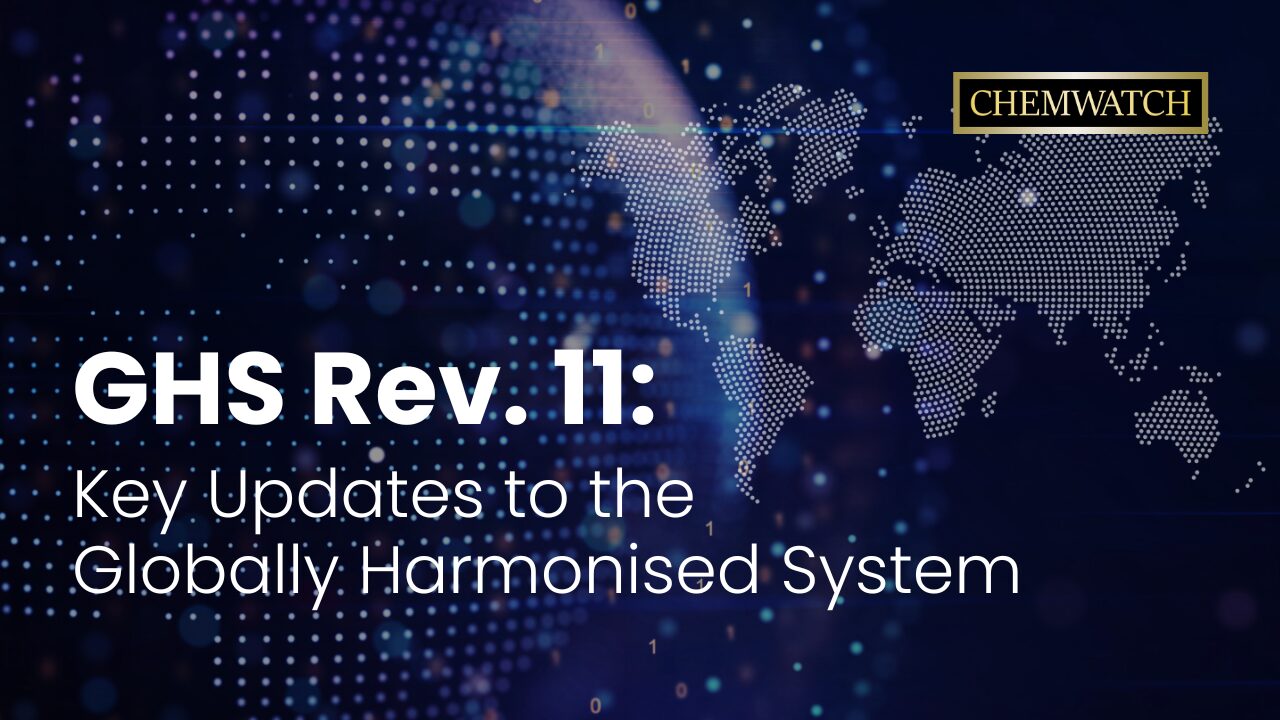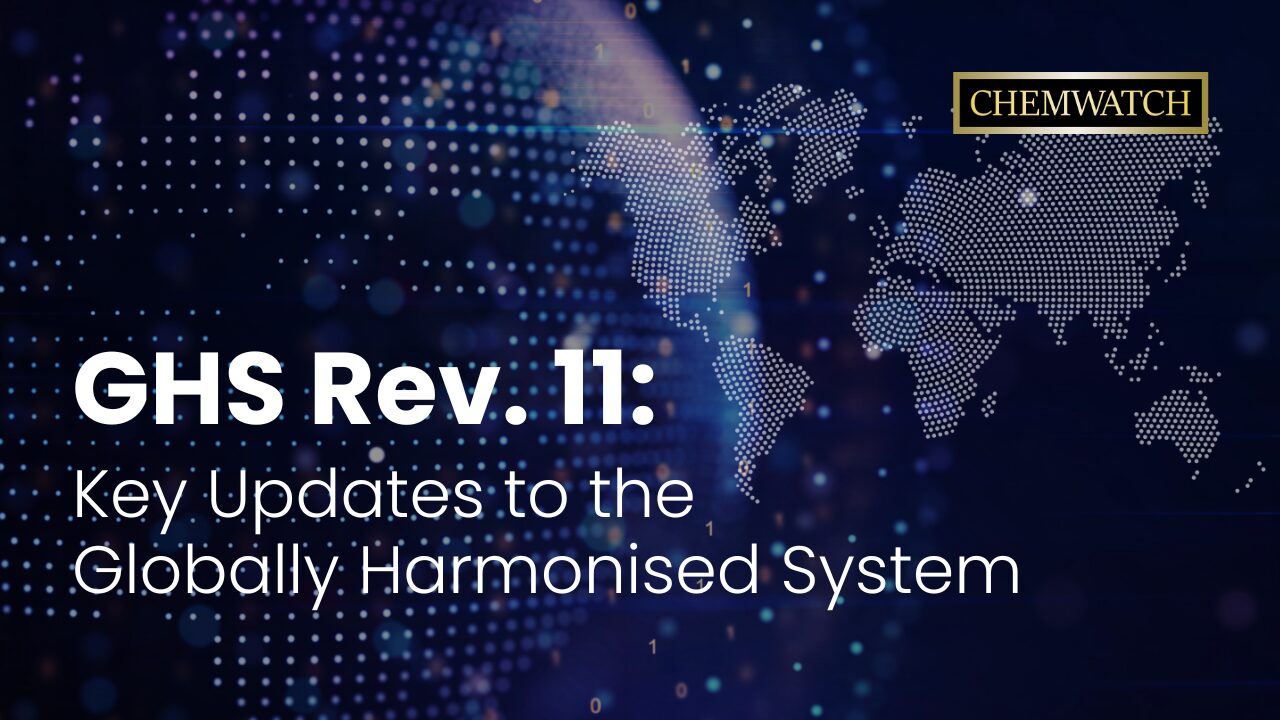
The United Nations has released GHS Rev. 11 (2025), the latest update to the Globally Harmonised System of Classification and Labelling of Chemicals. This GHS revision 11 strengthens hazard classification and labelling, modernises test methods, and improves the clarity of safety data sheets (SDS) and precautionary statements. For organisations handling chemicals, staying current with GHS compliance is essential to protect workers, the environment, and supply chains.

The eleventh revision incorporates decisions adopted at the Committee’s twelfth session in December 2024. Together, these changes refine classification criteria and improve global consistency under the Globally Harmonised System 2025.
Criteria for aerosols and chemicals under pressure have been clarified to reduce ambiguity and improve risk assessment. Clearer rules support more consistent hazard classification and labelling of aerosols across jurisdictions, aiding both regulators and industry.
Recognising validated alternatives, the revision adds guidance for non-animal testing in GHS when classifying skin sensitisers. This aligns with global moves toward new approach methodologies (NAMs), reduces reliance on animal studies, and supports faster, ethical decision-making without compromising worker safety.
A notable addition is the introduction of criteria for climate-relevant hazards—substances and mixtures hazardous because of their contribution to global warming. By explicitly capturing these endpoints, GHS Revision 11 links chemical management to broader climate objectives and strengthens environmental communication.
Precautionary statements have been rationalised to improve usability for label authors and end users. The updates aim to make hazard messaging more intuitive while maintaining consistency with the rest of the hazard classification and labelling framework in GHS Revision 11.
A new annex provides guidance on identifying simple asphyxiants, supporting better workplace and transport controls and harmonised entries in safety data sheets (SDS).
The GHS is more than a standard—it is a cornerstone of risk management. By harmonising rules for hazard classification and labelling, it helps companies communicate hazards clearly across borders and maintain GHS compliance as science and industry evolve.
The recognition of climate-relevant hazards under GHS revision 11 expands the system beyond acute and chronic toxicology to include long-term environmental impacts. Likewise, the endorsement of non-animal testing in GHS Revision 11 reflects the system’s adaptability and supports innovation in toxicology, data sharing, and weight-of-evidence approaches.
Ultimately, GHS Revision 11 improves the accuracy and usefulness of labels and safety data sheets (SDS), reinforcing trust among workers, emergency responders, and downstream users.
An electronic version of GHS Revision 11 (2025) is available free for consultation, with printed or unprotected e-copies available via United Nations Publications. Because implementation occurs at the national or regional level, companies should track when each jurisdiction adopts the Globally Harmonised System 2025 and whether any local deviations apply.
As authorities roll out the new edition, organisations will need to:
Note that countries may adopt different GHS editions at different times, and may include only parts of the revision. A structured change-management plan will help ensure timely updates and consistent documentation.
With the addition of climate-relevant hazards, organisations should evaluate portfolios for substances or mixtures with global-warming impacts and plan updates to classification, labels, and SDS. Integrating these endpoints into product stewardship programs strengthens ESG reporting and ensures ongoing GHS compliance as expectations for environmental transparency rise under the Globally Harmonised System 2025.
With GHS Revision 11, businesses must adapt compliance practices to align with the latest hazard classification and labelling requirements - covering aerosols, non-animal testing in GHS, and climate-relevant hazards. Proactive planning will keep labels, safety data sheets (SDS), and training materials accurate as jurisdictions implement the GHS Revision 11 changes.
Sources